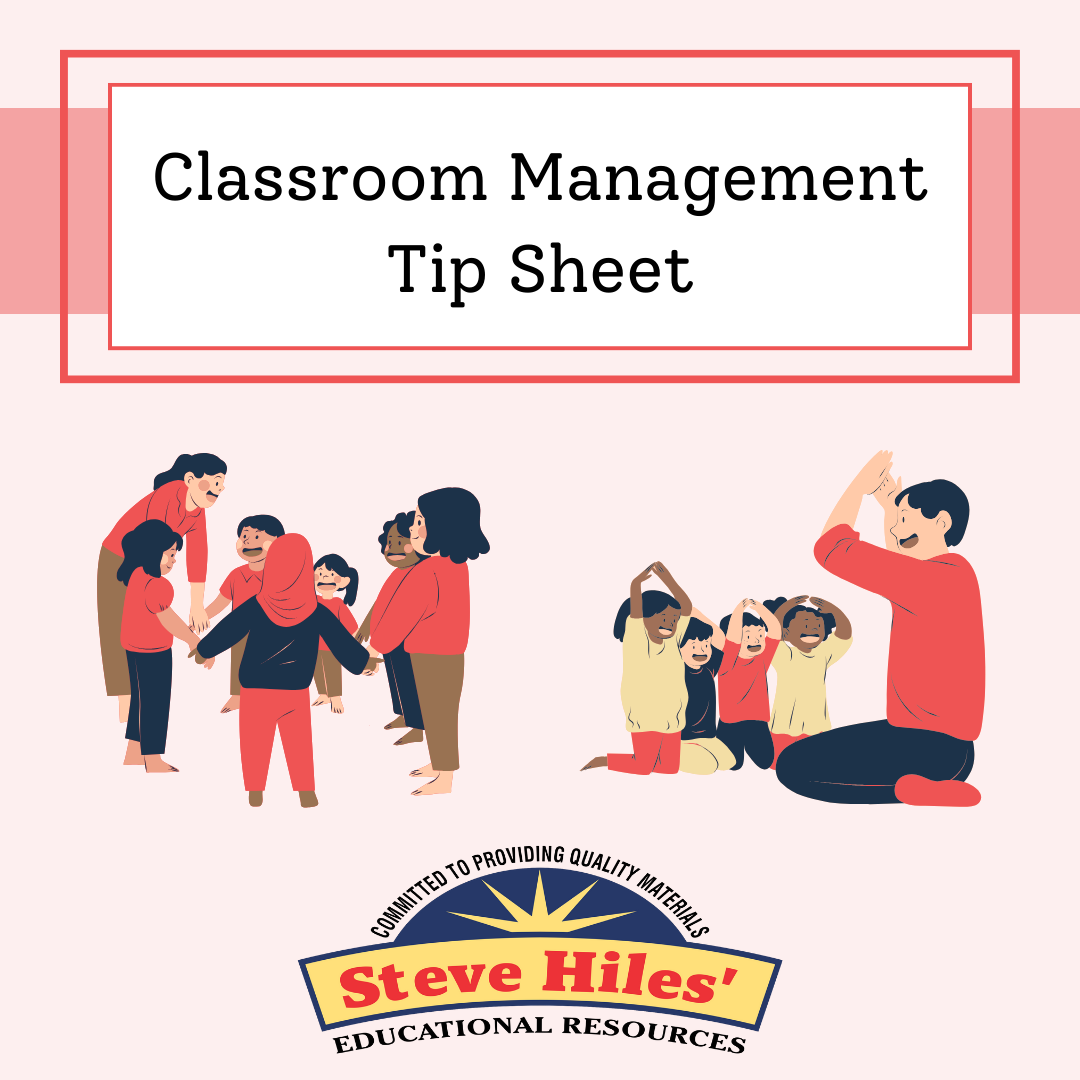I want to address 10 classroom management strategies that will help you create a structured, engaging, and positive learning environment. Whether you’re a first-year teacher or a veteran looking to refine your approach, these strategies are tried, tested, and teacher-approved.
So, we’re diving into the top ten classroom management strategies—that every teacher needs in their toolkit. So, let’s jump right in!
Table of Contents
ToggleStrategy #1: Establish Clear Expectations and Reinforce Them
And here we are—our number one classroom management strategy! Never assume students just “know” how to behave. They don’t—until you teach them. Set clear expectations for behavior, participation, and procedures. Then, reinforce them daily through modeling and practice. The more explicit and consistent you are, the better your students will respond.
Strategy #2: Create Predictable Routines
Routines aren’t just helpful—they’re essential. When students know what to expect each day, they feel safe, which reduces anxiety and misbehavior. Have clear procedures for entering and exiting the classroom, transitions, group work, and even how to ask for help. The more predictable your classroom, the smoother things will run.
Strategy #3: Build Positive Relationships with Students
Students behave better when they feel connected to their teacher. Something as simple as greeting them at the door, asking about their interests, or acknowledging their efforts can make a huge difference. When students know you care, they’re more likely to respect your rules and engage in learning.
Strategy #4: Use Nonverbal Cues and Proximity Control
Not all classroom management requires words. Sometimes, a well-timed glance, a pause, or simply walking closer to an off-task student can redirect behavior instantly. Mastering these subtle nonverbal cues can be a game-changer!
Strategy #5: Be Consistent with Consequences
Nothing confuses students more than inconsistency. If you enforce a rule one day but let it slide the next, students will test those boundaries. Be fair, be consistent, and make sure students know exactly what to expect when it comes to rules and consequences.

Strategy #6: Keep Students Engaged and Active
Bored students are disruptive students. If you want fewer behavior issues, make sure your lessons are engaging. Group work, hands-on activities, and active discussions can keep students focused. When students are truly engaged, they don’t have time to misbehave!
Strategy #7: Reinforce Positive Behavior More Than Negative
Too often, we focus on correcting bad behavior rather than celebrating the good. But what if we flipped that? Instead of constantly saying, “Stop talking,” try, “I love how you’re staying on task!” Recognizing positive behavior not only encourages that student but also sets an example for others. Praise goes a long way in creating a classroom where students WANT to do the right thing.
Strategy #8: Don’t Engage in Power Struggles
We’ve all been there—facing off with a defiant student who just won’t back down. But here’s the thing: arguing with a student in front of the class is a battle you won’t win. Instead, stay calm, avoid escalating the situation, and if needed, address the issue privately. A simple, “Let’s talk about this after class,” can save you from unnecessary disruptions and keep the focus on learning.
Strategy #9: Keep Your Lessons Structured and Pacing Strong
Downtime is the enemy of good behavior. When students aren’t sure what’s coming next, or when transitions drag on too long, they find their own ways to fill that time—and trust me, it won’t always be productive! Keep your lessons structured and your pacing tight. Use timers or countdowns to make transitions smoother and always have a plan to keep things moving.
Strategy #10: Model the Behavior You Expect
You’ve heard it before—actions speak louder than words. If you want your students to be respectful, responsible, and kind, then you have to show them what that looks like. Your students are watching you all the time. The way you handle stress, interact with others, and even how you respond to mistakes sets the tone. Want a respectful classroom? Model respect. Want students to stay on task? Show them what focus looks like. It all starts with you!
[CLOSING]
And that’s a wrap on the 10 essential classroom management strategies! Remember, effective classroom management isn’t about control—it’s about creating an environment where students feel safe, respected, and ready to learn.









